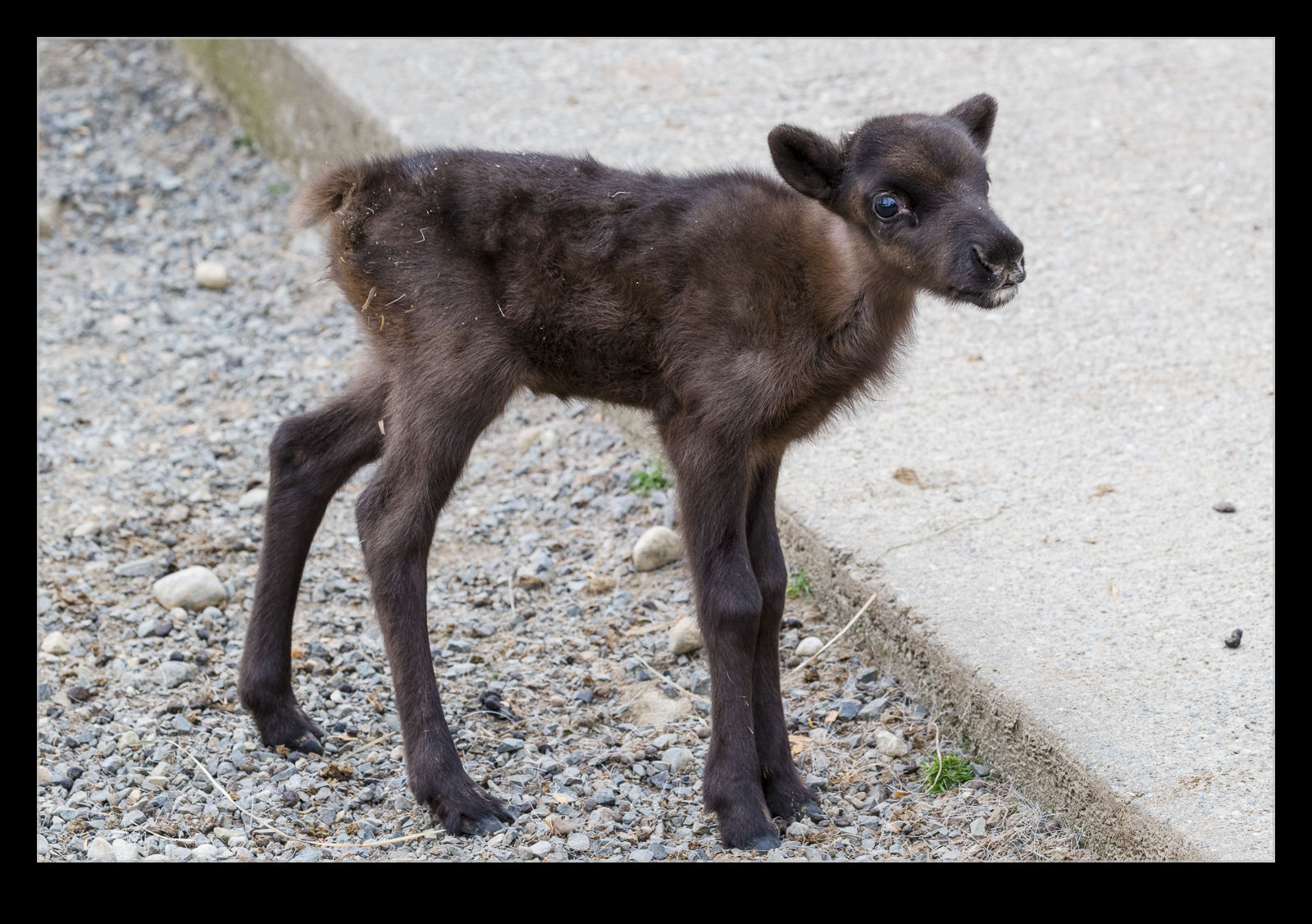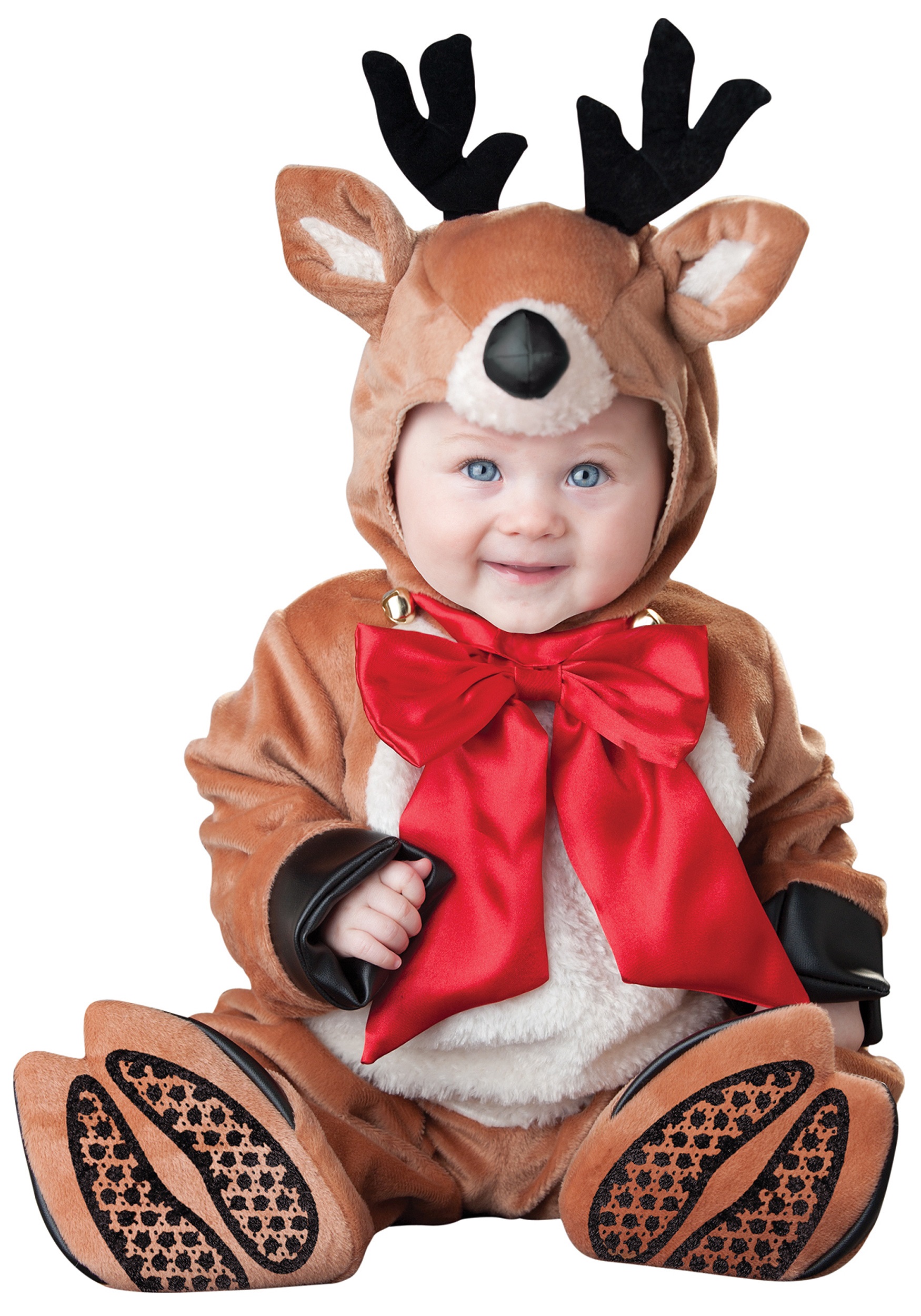Baby Reindeer: The Ultimate Guide To These Adorable Creatures
Let’s talk about something that’s straight-up adorable—baby reindeer. Imagine those big, curious eyes, soft fur, and tiny antlers just starting to peek out. They’re not just cute; they’re fascinating little beings with a ton of interesting facts that most people don’t know. So, buckle up because we’re diving deep into the world of baby reindeer, and trust me, you’re gonna love every bit of this journey.
When you think of reindeer, Rudolph probably pops into your mind first. But baby reindeer, or calves as they’re technically called, are a whole other level of charm. These little creatures are more than just holiday icons—they play a crucial role in ecosystems around the world. And honestly, who doesn’t want to learn more about something so heart-meltingly cute?
Before we dive into the nitty-gritty, let’s set the stage. Baby reindeer are not just some random animals you see in zoos. They’re part of a rich history and culture, especially in regions like Scandinavia, Siberia, and Alaska. So, whether you’re here for the science, the cuteness, or both, we’ve got you covered. Let’s get started!
- Chris Martin And Dakota Johnson A Modern Love Story
- Bowling For Soup The Ultimate Guide To The Rock Band That Kept Us Laughing And Singing
What Makes Baby Reindeer So Special?
Alright, so what’s the big deal about baby reindeer? Well, apart from being ridiculously adorable, these little guys have some pretty amazing qualities. For starters, they’re born ready to roll. Unlike some animals that need days or even weeks to get on their feet, baby reindeer can stand within an hour of being born. Now that’s impressive!
They also grow super fast. In just a few months, they go from being tiny wobbly-legged bundles of joy to strong, independent reindeer. Their fur changes color depending on the season, which helps them blend in with their surroundings. And let’s not forget their famous antlers, which start growing when they’re about two years old.
Fun Facts About Baby Reindeer
Here’s a quick list of some fun facts about baby reindeer that’ll blow your mind:
- Hunger Games Ballad Of Songbirds And Snakes The Ultimate Guide To The Blockbuster Film
- Sophia Stallone The Rising Star In The Spotlight
- They can run within hours of being born.
- Their fur is water-resistant, which helps them stay warm in cold environments.
- They communicate with their mothers through a series of grunts and snorts.
- They can swim! Yep, those little legs are powerful enough to propel them through water.
- They’re herbivores, meaning their diet consists mostly of grass, moss, and lichen.
The Life Cycle of Baby Reindeer
Now, let’s talk about the life cycle of baby reindeer. It’s a pretty fascinating journey from birth to adulthood. Reindeer calves are typically born between April and June, depending on the region. The birthing process is usually quick and relatively easy for the mother.
Once they’re born, baby reindeer spend the first few weeks of their lives bonding with their mothers. This is a critical time for them, as they learn essential survival skills. By the time they’re a few months old, they’re ready to join the herd and start exploring the world on their own.
Key Stages in Their Development
Here’s a breakdown of the key stages in the development of baby reindeer:
- Birth: Born with a soft, reddish-brown coat.
- First Month: Learns to walk, run, and recognize its mother’s voice.
- Three Months: Starts eating solid food and becomes more independent.
- Six Months: Fully weaned and ready to join the herd.
- Two Years: Antlers begin to grow, marking the transition to adulthood.
Where Do Baby Reindeer Live?
Reindeer are native to the Arctic and Subarctic regions of the world. This includes places like Alaska, Canada, Greenland, Scandinavia, and Siberia. Baby reindeer thrive in these cold environments because of their thick fur and ability to adapt to harsh weather conditions.
Interestingly, reindeer have been domesticated in some parts of the world, particularly in Northern Europe and Asia. In these regions, they’re used for transportation, milk, and even meat. But don’t worry, the baby reindeer still get to enjoy their childhood before taking on such responsibilities.
Adaptations to Cold Climates
So, how do baby reindeer survive in such cold environments? It’s all about their adaptations. Their fur is incredibly thick and provides excellent insulation. They also have large hooves that help them walk on snow and dig for food. Plus, their bodies are designed to conserve heat, which is crucial for surviving long, cold winters.
What Do Baby Reindeer Eat?
As herbivores, baby reindeer have a pretty straightforward diet. They mostly eat grass, moss, and lichen. During the summer months, when food is abundant, they feast on a variety of plants. In the winter, when food is scarce, they rely on lichen, which they dig up from under the snow.
Milk from their mothers is their primary source of nutrition during the first few months of life. This milk is rich in fat and protein, helping them grow strong and healthy. As they get older, they gradually transition to solid food.
Common Foods in Their Diet
Here’s a list of some common foods in the diet of baby reindeer:
- Grass
- Moss
- Lichen
- Leaves
- Berries
Threats to Baby Reindeer
Unfortunately, baby reindeer face a number of threats in the wild. Predators like wolves, bears, and eagles are always on the lookout for an easy meal. But it’s not just predators they have to worry about. Climate change, habitat loss, and human activities are also major concerns.
As temperatures rise, the delicate balance of their ecosystem is disrupted. This can lead to changes in food availability and increased competition for resources. It’s a tough world out there for these little guys, but they’re resilient and continue to thrive despite the challenges.
Conservation Efforts
Thankfully, there are many organizations and governments working to protect baby reindeer and their habitats. Conservation efforts include protected areas, sustainable land management practices, and research into the effects of climate change on reindeer populations.
The Role of Baby Reindeer in Ecosystems
Baby reindeer play a vital role in the ecosystems where they live. As herbivores, they help control plant populations, which in turn affects the entire food chain. They also provide food for predators, maintaining the balance of the ecosystem.
Reindeer migration is another important factor in their role in the ecosystem. These large-scale movements help distribute nutrients across vast areas, benefiting a wide range of plant and animal species.
Impact on Indigenous Cultures
Reindeer have been an integral part of indigenous cultures for thousands of years. For many communities, they’re not just a source of food and transportation but also a symbol of tradition and identity. Baby reindeer, in particular, are seen as a sign of new life and renewal.
How Can You Help Protect Baby Reindeer?
If you’re feeling inspired to help protect baby reindeer, there are a few things you can do. First, support conservation organizations that work to protect their habitats. Second, reduce your carbon footprint to help combat climate change. And third, spread awareness about the importance of these amazing creatures.
Simple Actions You Can Take
Here are some simple actions you can take to help protect baby reindeer:
- Reduce your energy consumption by using energy-efficient appliances.
- Support sustainable tourism practices in reindeer habitats.
- Donate to organizations working to protect reindeer populations.
- Advocate for policies that address climate change and habitat loss.
Conclusion
And there you have it, folks. Baby reindeer are not just cute little animals; they’re vital members of their ecosystems and play a crucial role in the lives of many people around the world. From their incredible adaptations to their fascinating life cycle, there’s so much to love and appreciate about these amazing creatures.
So, the next time you see a baby reindeer, whether in person or in a picture, take a moment to appreciate just how special they are. And if you’re feeling inspired, consider taking action to help protect them and their habitats. Every little bit helps, and together, we can make a difference.
Now, it’s your turn. Leave a comment below and let us know what you think about baby reindeer. Are you a fan? Do you have any interesting facts to share? And don’t forget to share this article with your friends and family. Let’s spread the love for these adorable creatures far and wide!
Table of Contents
- What Makes Baby Reindeer So Special?
- Fun Facts About Baby Reindeer
- The Life Cycle of Baby Reindeer
- Key Stages in Their Development
- Where Do Baby Reindeer Live?
- Adaptations to Cold Climates
- What Do Baby Reindeer Eat?
- Common Foods in Their Diet
- Threats to Baby Reindeer
- Conservation Efforts
- The Role of Baby Reindeer in Ecosystems
- Impact on Indigenous Cultures
- How Can You Help Protect Baby Reindeer?
- Simple Actions You Can Take
- Conclusion



Detail Author:
- Name : Maximo Huels
- Username : nweissnat
- Email : bianka79@hotmail.com
- Birthdate : 1995-12-07
- Address : 705 Sipes Plaza Apt. 890 West Onie, NE 81106-8303
- Phone : 678-531-4858
- Company : Bergstrom, Rolfson and Conroy
- Job : Occupational Health Safety Technician
- Bio : Rerum repudiandae vitae deserunt sequi explicabo. Consequatur quam qui et cupiditate ipsam natus. Ullam et et sit harum quae consequatur.
Socials
twitter:
- url : https://twitter.com/vito_xx
- username : vito_xx
- bio : Aut deserunt ut aliquam qui sit accusamus voluptatum mollitia. Quaerat odio voluptas praesentium beatae ut est.
- followers : 6583
- following : 2696
facebook:
- url : https://facebook.com/moore1982
- username : moore1982
- bio : Esse libero ut est quam aut dolorem.
- followers : 320
- following : 221